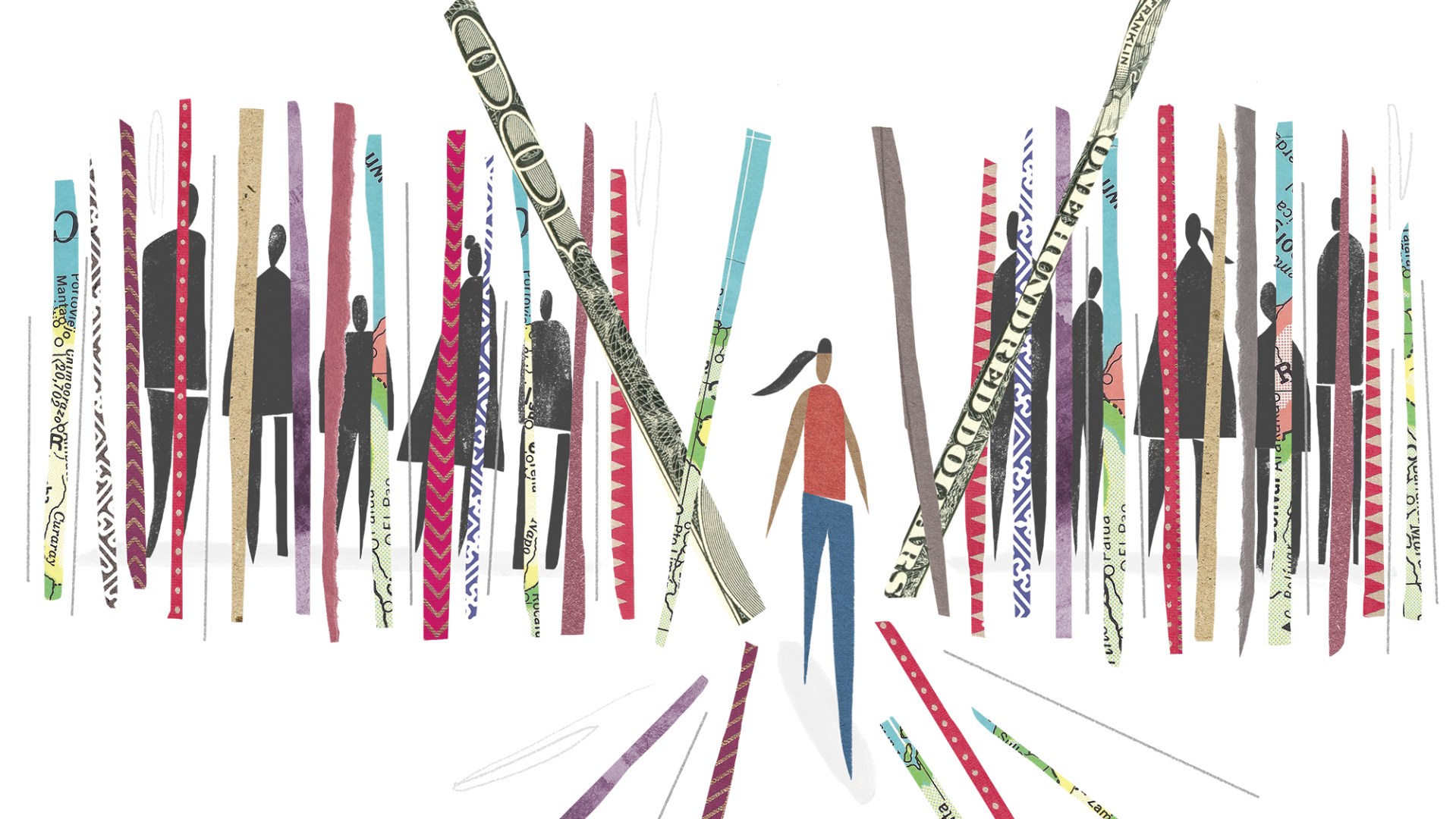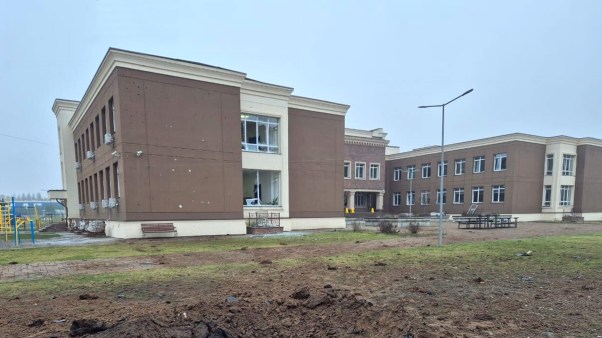International Christian organizations and missions experts agree it’s not best practice to pay kidnapping ransoms.
But ransoms do get paid. And the impacts are hard to quantify. The cost is a burden borne by local churches, fellow missionaries, ministers, aid workers, and the many people they hope to serve.
A thousand dollars or a hundred thousand might tip the scales for kidnappers in the future, as they weigh whether to abduct more people. But one payment—or two, or three—might not tip the scales at all.
Three members of a group of captive Christian Aid Ministries workers were released last December by a Haitian gang known as the 400 Mawozo, after someone outside the Anabaptist organization paid the kidnappers. It’s unknown how much money the gang received, though the final amount was likely only a fraction of the original $1 million per person they demanded.
The remaining missionaries escaped. But money did exchange hands for three of them. As experts have assessed its impact over the past year, they haven’t reached a consensus on what it means for the future of missions in Haiti.
For some, it seems that the security situation in Haiti has deteriorated so significantly that paying one gang to release three missionaries had no effect at all.
“How can you raise the threat of kidnapping any higher? It’s already off the charts,” said Scott Brawner, president of Concilium, an organization that helps international Christian ministries assess risk. “Whether a ransom has been paid or not has not raised the threat of kidnapping. There are multiple kidnappings of Haitian nationals on a daily basis.”
More than 100 people in Haiti were kidnapped the same month as the Christian Aid missionaries, the Center for Analysis and Research in Human Rights reported. The total victims for 2021 came to around 800—a rapidly increasing number in the past few years.
Some believe that not paying ransoms in the highest-profile case of the year, however, could have helped curb the rise in kidnapping. Dieumème Noelliste, a Haitian-born evangelical who now teaches theological ethics at Denver Seminary, sees a missed opportunity.
“I was holding on to hope that the kidnapping of the American missionaries would provide an opportunity to break the back of the gang violence that has swept the country,” he said.
The 400 Mawozo was clearly not as successful as members might have hoped. One leader was extradited to the US on unrelated gun charges. But for the gang, the kidnapping didn’t end in complete disaster. They might consider it a moderate success, worth trying again.
“This means that foreign missionaries are now fair game,” Noelliste said. “[And] if the criminal elements have no compunction attacking American citizens who have the protection of the United States, what restraint would they show for a Haitian congregation? … The Haitian church therefore has nowhere to turn, and the gangsters know it.”
But even if missionaries and aid organizations all agree on the folly of paying ransoms, they’re not the only ones making decisions. In high-profile kidnappings, organizations face pressure from donors with their own opinions about the right response.
The family members of kidnapped missionaries often also get involved. Brawner advises missions organizations to include families in their crisis planning.
“Organizations have to do a good job not only communicating with but ministering to family members in the midst of this crisis,” he said. “Not every family member may share the calling to that risk. Now you’re dealing with family members who are angry with the organization for sending their children down there. There has to be a member-care piece that helps to minister to the family in the midst of this crisis.”
When the US government sends negotiators, they almost always work with the family, not the employer, putting key decisions in the hands of husbands, wives, and parents. When ransoms are paid, it’s often family members who put up the money, disregarding best practices.
The money may save a loved one’s life. But sometimes it doesn’t.
“Kidnappers can be very vicious and actually carry out what they say they will do, which is kill the victims,” said David Shedd, a former CIA agent and executive adviser of VDI, a security consulting firm relied on by American missionaries. “One is always wishful and hopeful that it would never happen to you, but when it does, all of a sudden it’s very real.”
Hostage negotiation is a complicated process and frequently goes wrong. In 2002, family members of Martin and Gracia Burnham arranged for a philanthropist to pay more than $300,000 to extremist Muslims who had kidnapped the American missionaries in the Philippines. Local police delivered the money, but then the group demanded $200,000 more.
When the Filipino military attempted to rescue the New Tribes missionaries, Martin Burnham was killed and the kidnappers escaped. Gracia Burnham, back in the US, argued that her husband would have lived if the full ransom had been paid.
Even when ransoms aren’t paid, money may still be exchanged. The reality of behind-the-scenes negotiations with kidnappers is often more complicated than statements of best practices make it appear.
John Berger, vice president for global operations and strategy at Crossworld, a cross-cultural disciple-making ministry, learned about this in crisis training.
“A no-ransom policy does not require a no-negotiation policy, and negotiation may lead to some kind of financial transaction,” Berger said. “It’s not giving into a ransom demand per se. It’s negotiating in a way that acknowledges that the hostage-takers and negotiators will be seeking some resolution to the situation beyond simply releasing the hostages and getting nothing back in return.”
Experienced negotiators may ask kidnappers about their expenses, such as housing and feeding captives and hiring a crew of armed guards, said Berger, who lived in Haiti for several years. They may try to figure out how to allow the kidnappers to save face.
“Negotiating with the hostage takers is kind of like a plea deal in a court case,” he said. “You agree to a lesser charge, so to speak, in an effort to resolve the situation.”
That lines up with what Megan Schreiber, the US director of Haitian Christian Outreach, has observed. While the ransom kidnappers demand isn’t normally paid in full, they often do get paid some money.
Has Schreiber ever seen hostages released without some kind of payment?
“No.”
Right now, kidnappings are only a piece of the larger security picture. Haitians are also dealing with the fallout from the assassination of President Jovenel Moïse and a gang-related oil crisis, in addition to long-term issues with the recovery from a 2020 hurricane and a 2021 earthquake. Local churches may not have food or fuel to spare, even if they want to welcome missionaries or aid workers.
“With the deterioration of the country and lack of resources, we don’t want to take away from resources that our family and communities need,” Schreiber said.
This scarcity may cause Christian expats in Haiti to consider leaving for a time, Berger said, or consider increasing their security. Missionaries and their organizations may also need to reevaluate their kidnapping contingency plans.
Whatever they decide, they will still have to pray about it, explain it to families, and put their trust in God. The missionary calling isn’t taken lightly.
“It’s always an emotional struggle for people on the ground,” Berger said. But, “I know very few long-term missionaries who bail out of fear.”
Morgan Lee is global media manager for Christianity Today.













